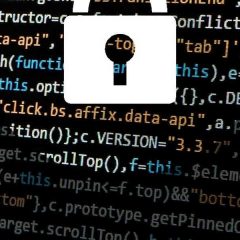PayPal Two-Factor Authentication with Hardware Security Key
PayPal two-factor authentication became available to users in far 2007. Everybody wishing to protect their PayPal login could order a $5 security token directly from their account. Unfortunately, later the company discontinued the use of its own hardware tokens in favor of SMS-based authentication, decreasing PayPal security considerably. But the situation with PayPal two-factor authentication is changing once again, for the better...
4 Reasons Two-Factor Authentication Isn’t a Panacea
Two-factor authentication (2FA) is an indispensable cybersecurity measure used to protect data. Most of the modern information security standards despite the area of application such as PCI DSS, PSD2, HIPAA, etc., demand the multifactor authentication (MFA) among other data protection methods. This approach allows mitigating the danger coming from such attack vectors as brute force password cracking, keylogging, social engineering,...
Reddit was hacked: how it happened, who the victims were, and why SMS authentication failed
Reddit was hacked. The attackers managed to extract logins, e-mail addresses, passwords (salted and hashed, fortunately), and even a complete list of private messages from users who joined the site before 2007. The hackers were also able to access the e-mail addresses and logins of all users who received the site’s newsletter in June 2018. The SMS authentication failed. The attackers were able to intercept SMS messages...
Non-SMS Two-Factor Authentication for Instagram. Why Is It Good?
Did you know your Instagram two-factor authentication is ensured by a technology that has a backdoor as big as the one in the Titanic after it met the iceberg? Well, we will tell you more: the same faulty technology may still ensure the security of your Facebook and Twitter accounts! The last, but not the least important — you use the same technology to confirm most of your online purchases, so yeah — your banking account can be...
The Pros and Cons of Different Two-Factor Authentication Types and Methods
Along with the first digital devices rose a need to ensure the security of stored data and to differentiate access to various functions. A variety of methods for unambiguous authentication of users on which security is based are called authentication factors. These include codes, logins, passwords, certificates, hardware keys, and so on. The whole set of authentication factors can be divided into three groups: Factors of knowledge...





